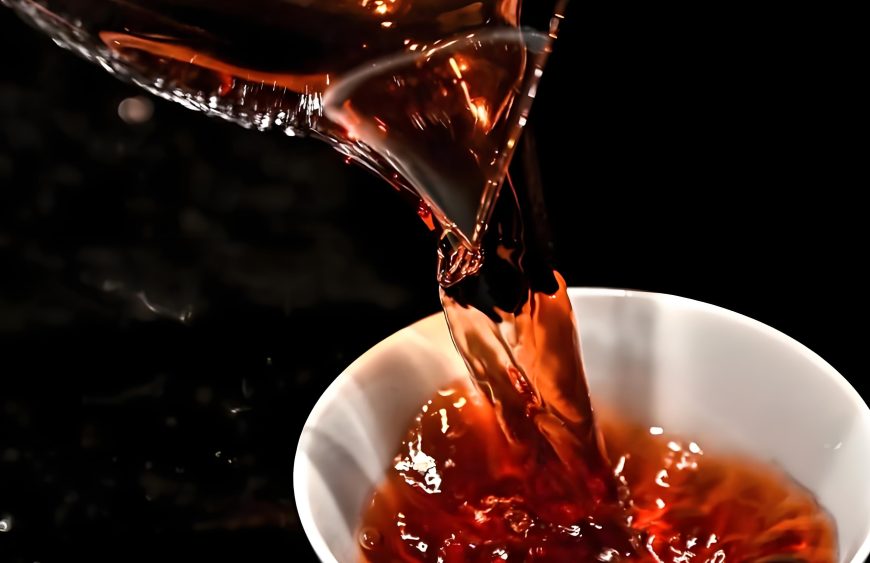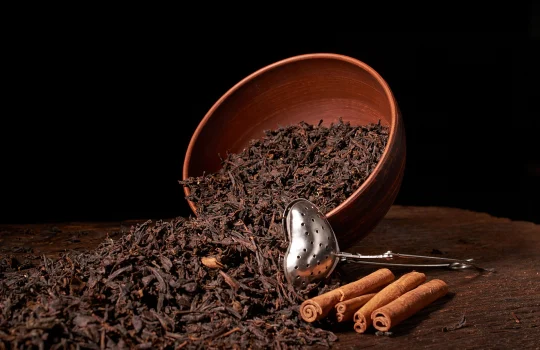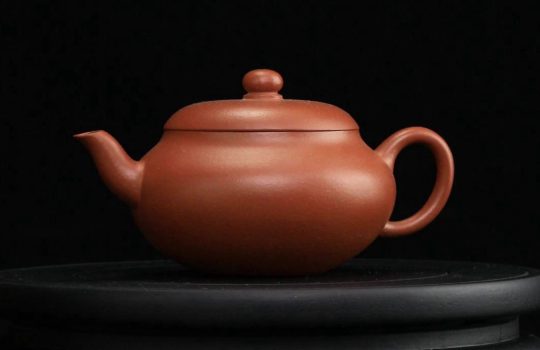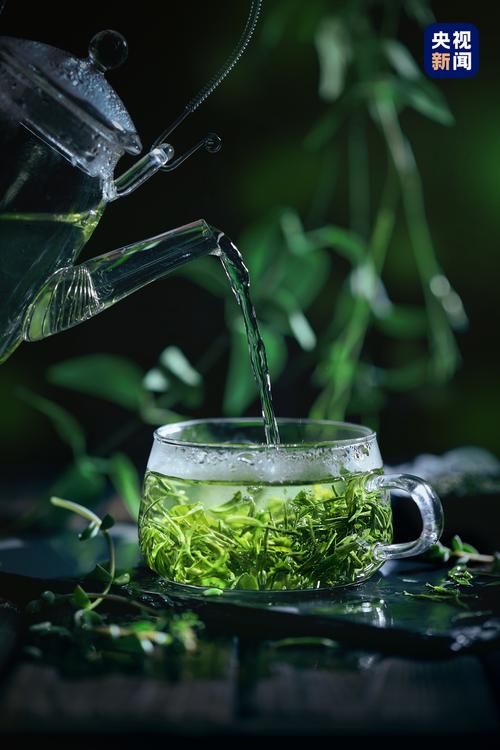Observing the colour of the tea liquor
The colour of the tea liquor refers to the colour of the tea after it has been brewed. The evaluation of the colour of the tea liquor is mainly based on three aspects: colour intensity, brightness and turbidity.
1. Colour intensity
Colour intensity primarily refers to the colour of the tea liquor. It can be distinguished into three categories: normal colour, deteriorated colour, and aged colour. (1) Normal colour. The colour of the tea liquor when brewed under normal production conditions. For example, green tea has a green liquor with a hint of yellow; black tea has a red liquor that is bright and vibrant; and dark tea has an orange-red or deep red liquor.
(2) Deteriorated colour. This occurs when improper handling of fresh leaves during picking, transportation, or initial processing causes the tea to spoil, resulting in an abnormal soup colour. (3) Aged colour. If the tea is not rolled promptly after killing the green or not dried promptly after rolling, the new tea will take on the colour of aged tea. The soup colour of new green tea is green and vibrant, while aged green tea is yellowish-brown or dull.
2. Brightness
Brightness refers to the clarity of the tea liquor. Generally, tea with higher brightness indicates better quality, while tea with darker liquor indicates poorer quality.
3. Turbidity
Turbidity refers to the clarity or cloudiness of the tea liquor. Clarity means the liquor is pure and transparent, with no impurities and visible to the bottom. Turbidity means the liquor is cloudy, and the light cannot easily penetrate the liquor layer. Generally, inferior or aged tea has a cloudy and unclear tea liquor.
Smelling the aroma
The aroma of tea varies due to factors such as tea plant variety, origin, season, and processing methods, giving each type of tea its unique style and characteristics. Even within the same category of tea, different origins can result in distinct aromas.
1. Aroma intensity
(1) Purity: The aroma is pure and free of any off-odours. (2) Intensity: The aroma is strong and lingering.
(3) Freshness: The aroma is crisp and refreshing, evoking a sense of alertness and invigoration. (4) Clarity: The aroma is crisp and fresh.
(5) Mildness: The aroma is mild and free of any off-odours.
(6) Coarseness: The aroma feels coarse and may sometimes be accompanied by a bitter or astringent sensation, characteristic of older leaves.
2. Persistence
This refers to the duration or persistence of the aroma. If the aroma can be detected for an extended period, whether by smelling the tea soup or the dry tea, it indicates a long-lasting aroma; otherwise, it is short-lived. The aroma of tea is best when it is high, long-lasting, fresh, and fragrant; high but short-lived is second-best; and low and coarse is the worst.
Tasting the Flavour
Taste refers to the sensory response after drinking tea. Pure taste includes characteristics such as intensity, strength, freshness, crispness, smoothness, and harmony. Impure taste includes bitterness, astringency, coarseness, and forei




